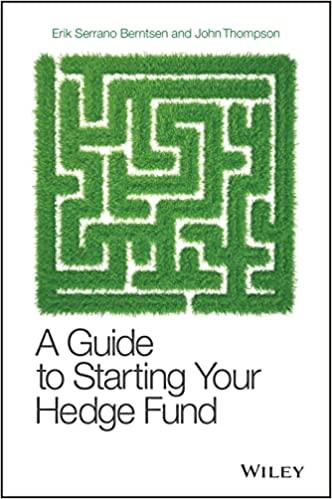Question
. Pure expectations theory The pure expectations theory, or the expectations hypothesis, asserts that long-term interest rates can be used to estimate future short-term interest
. Pure expectations theory
The pure expectations theory, or the expectations hypothesis, asserts that long-term interest rates can be used to estimate future short-term interest rates.
Based on the pure expectations theory, is the following statement true or false?
The pure expectations theory assumes that investors do not consider long-term bonds to be riskier than short-term bonds.
True
False
The yield on a one-year Treasury security is 5.8400%, and the two-year Treasury security has a 7.0080% yield. Assuming that the pure expectations theory is correct, what is the markets estimate of the one-year Treasury rate one year from now? (Note: Do not round your intermediate calculations.)
10.3999%
6.9606%
9.3353%
8.1889%
Recall that on a one-year Treasury security the yield is 5.8400% and 7.0080% on a two-year Treasury security. Suppose the one-year security does not have a maturity risk premium, but the two-year security does and it is 0.15%. What is the markets estimate of the one-year Treasury rate one year from now? (Note: Do not round your intermediate calculations.)
7.8858%
8.9898%
10.015%
6.7029%
Suppose the yield on a two-year Treasury security is 5.83%, and the yield on a five-year Treasury security is 6.20%. Assuming that the pure expectations theory is correct, what is the markets estimate of the three-year Treasury rate two years from now? (Note: Do not round your intermediate calculations.)
7.10%
6.69%
6.53%
6.45%
Step by Step Solution
There are 3 Steps involved in it
Step: 1

Get Instant Access to Expert-Tailored Solutions
See step-by-step solutions with expert insights and AI powered tools for academic success
Step: 2

Step: 3

Ace Your Homework with AI
Get the answers you need in no time with our AI-driven, step-by-step assistance
Get Started


